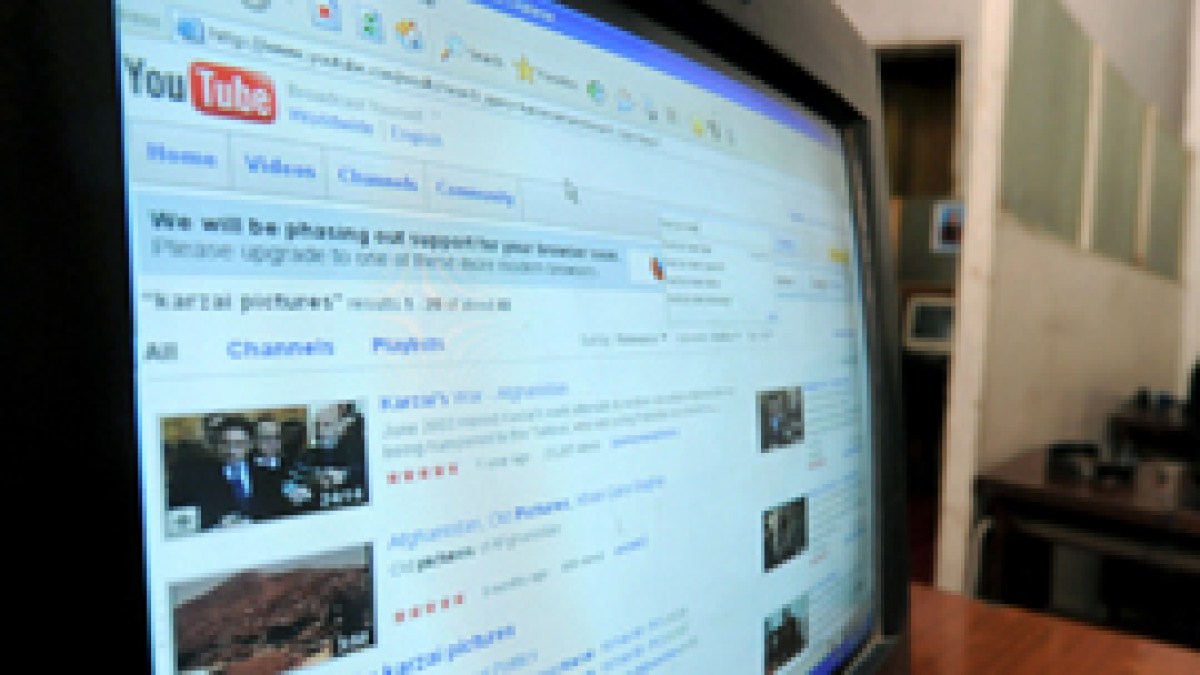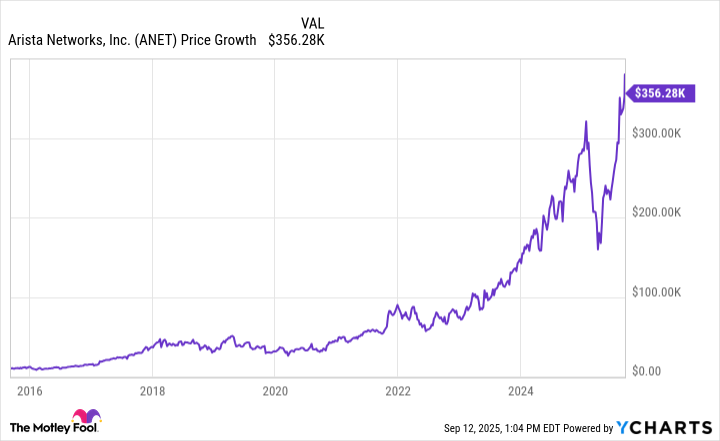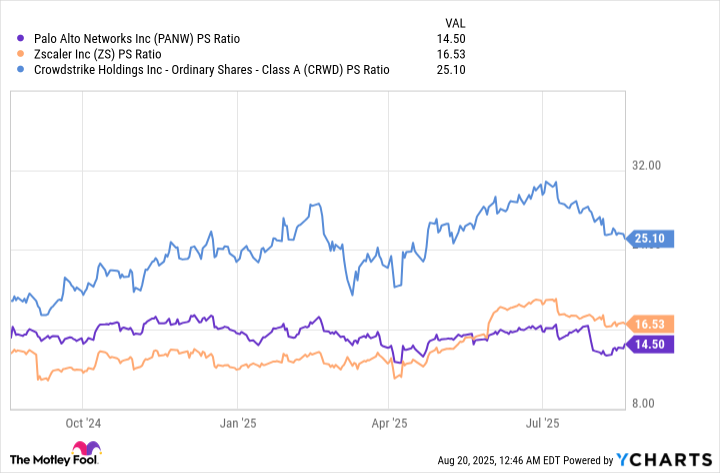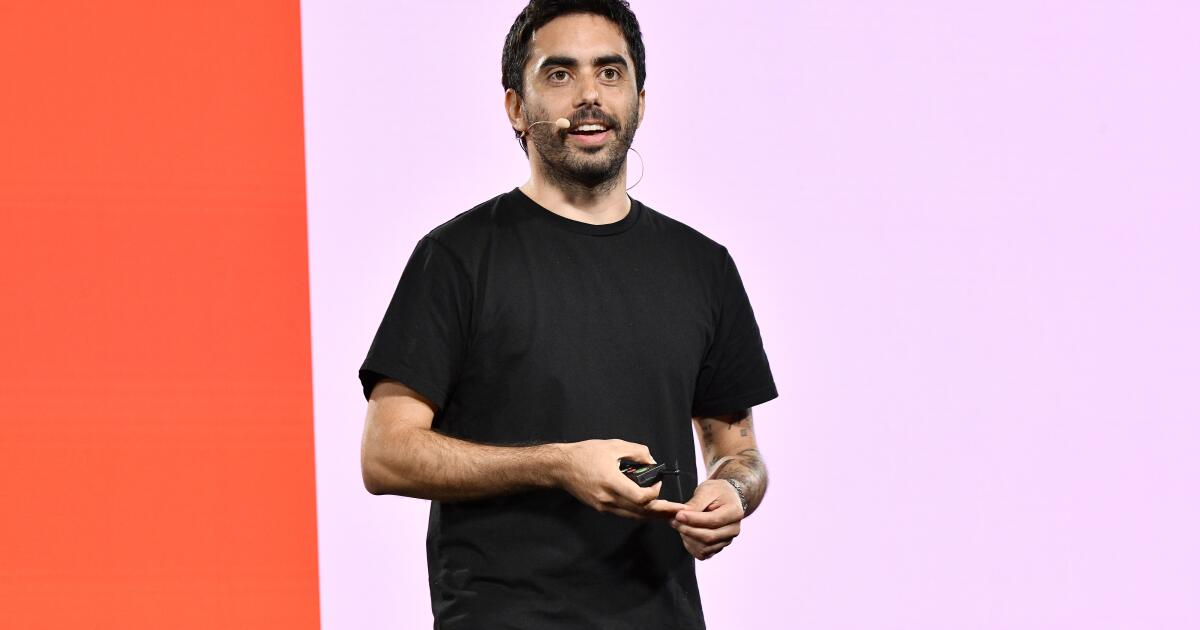Only 1.2% of over one billion Africans have access to 5G networks: Report | Internet News
Africa’s 5G access is far below the global average of more than 20 percent, highlighting connectivity challenges.
Only 1.2 percent of Africans currently have access to 5G networks compared with a global average of more than 20 percent, a sign that the continent remains at an early stage in accessing next-generation mobile technology, according to a new report from the International Telecommunication Union and the United Nations Educational, Scientific and Cultural Organization (UNESCO).
The State of Broadband in Africa 2025 report says that while Africa has made strong progress in mobile connectivity, the newest wireless technology remains largely out of reach for the continent’s 1.24 billion inhabitants.
Recommended Stories
list of 3 itemsend of list
However, industry projections suggest this could change dramatically over the next decade, with 5G expected to reach 17 percent penetration by 2030.
The slow 5G rollout contrasts sharply with Africa’s mobile success story in previous generations of wireless technology. Currently, 3G networks reach 77 percent of the continent’s population, while 4G coverage extends to 44.3 percent of people.
“The mobile sector has proved especially successful, with strong growth in mobile broadband and the development of large mobile operators,” the report states, citing companies like MTN and Vodacom as key drivers of expansion.
“However, there is still a significant usage gap, with 710 million Africans not using the internet despite living in an area served by mobile broadband infrastructure,” it adds. Key barriers, it says, remain affordability of handsets and lack of digital skills.
Chinese companies like Huawei, with more competitively priced products, have been able to establish a strong presence as a result across Africa.
The technology mix across sub-Saharan Africa shows 3G connections still dominating at roughly 50 percent of all mobile connections, while 4G accounts for 33 percent. Legacy 2G networks maintain 10 percent of connections, with 5G making up the remaining fraction.
Some countries, such as Somalia, have seen mobile connectivity flourish, not despite a lack of central authority but largely because of it, as large telecom companies have established large networks that cover urban areas well but also remote parts of the country, leading one British researcher to unfavourably compare Manchester with Mogadishu.
Mobile operators have invested heavily in infrastructure development, spending $28bn over the past five years across sub-Saharan Africa. Looking ahead, the industry plans to invest an additional $62bn between 2023 and 2030, much of which will focus on 5G network rollout and expansion.
The mobile ecosystem already contributes significantly to African economies, generating 7.3 percent of gross domestic product (GDP) worth $140bn in economic value and supporting 3.7 million jobs across the region in 2023.
Regional disparities within Africa reveal stark contrasts in connectivity progress.
Internet usage in Africa rose from 25 percent to 38 percent between 2019 and 2024, but remains well below the 68 percent global average. Sub-Saharan Africa lags furthest behind at 38 percent connectivity, with regional variations from 35 percent in Eastern and Southern Africa to 39 percent in Western and Central Africa.
Africa had a stark rural-to-urban divide in internet connectivity globally too. Only 57 percent of people in Africa were using the internet in urban areas compared with an 83 percent global average, and only 23 percent in rural areas.
Rwanda emerges as a particular success story, with telecommunications transformation following market liberalisation in 2006. The country developed a wholesale open-access 4G LTE network through a public-private partnership with Korea Telecom, ranking ninth among 38 African countries for mobile broadband affordability in 2017.
Satellite connectivity is expanding rapidly, with Starlink already operating in 14 African countries, including Benin, Ghana, Kenya, and Nigeria, though South Africa notably lacks a confirmed launch date. The Democratic Republic of the Congo and Somalia became the latest African countries to gain access to Starlink this year.






